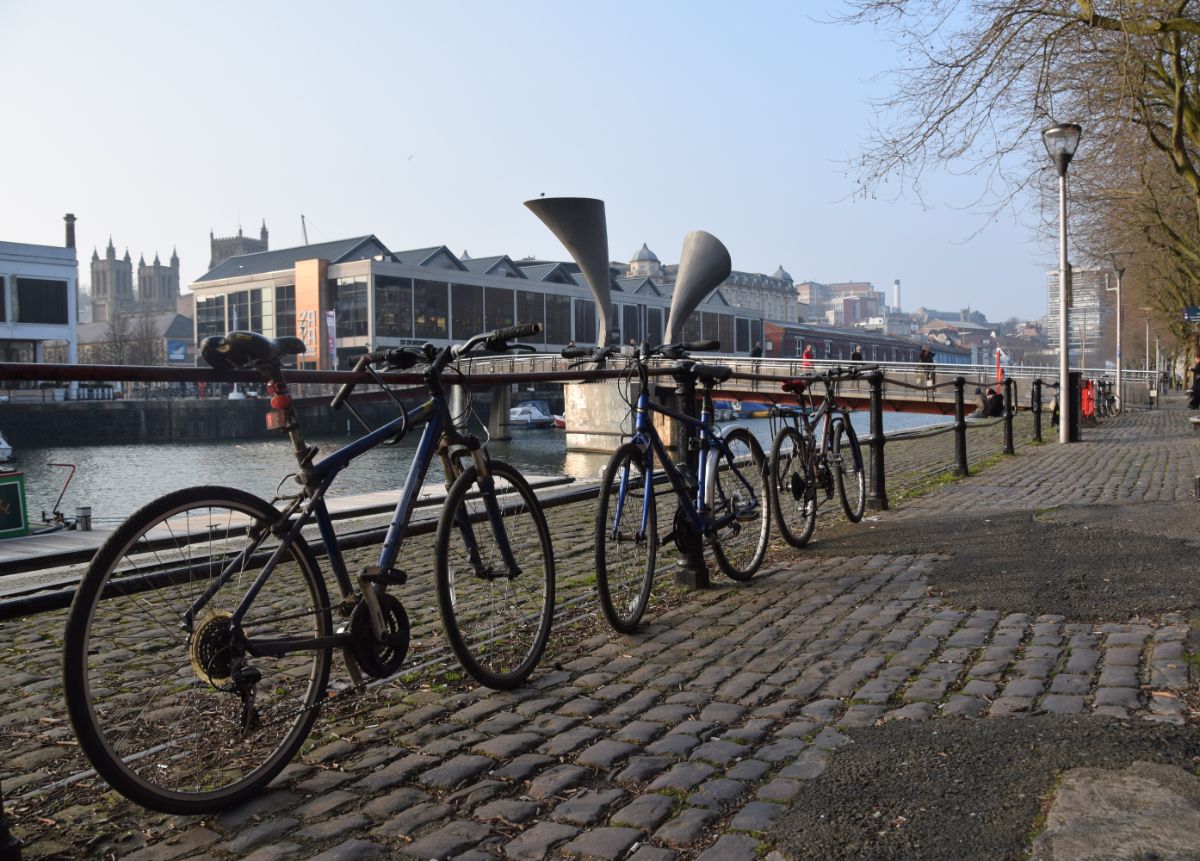Back home after the conference, my mind flitting around memories including the stupendously impressive opening ceremony, the highlight of which was an Estonian choir serenading conference attendees from atop a submarine in Tallinn’s Seaplane Harbour Museum – no really – and conversations with such a wide variety of attendees that it only serves to remind me what a broad church environmental history is – and ending up committing to do another book review as a result of a chance encounter with an envhist colleague/book review editor for a journal.
But uppermost in my thoughts is one of the keynote speeches,
which I think was a masterclass in how to deliver a compelling narrative whilst
relating it to relevant historiography and conceptual themes, using different
sources of material to inform and balance judgements about conflicting
information, and paying due attention to agreed conference themes. To name just a few of its qualities. The keynote was by Professor Kate Brown of
MIT in the States, presenting on aspects of her most recent book, ‘Manual for
Survival: A Chernobyl Guide to the Future’.
Quite apart from the important factual content of direct relevance to us
(blueberries and other fruit and vegetables from Ukraine and Poland are now off
my shopping list probably permanently), Professor Brown critiqued the existing
Chernobyl historiography and present mainstream mind-set as being limited both
geographically and temporally, focused on the immediate geographical site
around the nuclear plant, and also on an “accident” narrative which regards the
disaster as a one-off event suspended in time, rather than an ongoing disaster
with accelerating consequences.
Commenting also on the perspectives created by popular media/culture,
Brown critiqued the (much-praised from a dramatic perspective) HBO ‘Chernobyl’ TV
series as perpetuating a prejudice that a “Chernobyl” could only happen in an
authoritarian regime such as the Soviet Union – whilst, as Brown asserts, the liberal
democratic authorities in Japan took three months to acknowledge that there had
been a nuclear disaster at Fukushima.
Of greatest interest from a budding historian’s perspective
however, was her analysis of the primary research material available,
recognising that official documents from the period were more useful in
illustrating the deleterious impact of Soviet bureaucracy and power structures
on the capacity to provide accurate information about the health consequences
of Chernobyl – than they were useful in terms of understanding the actual
health consequences. For the latter
Brown undertook oral history research with workers who had been present in
dealing with aspects of the aftermath, identifying what they had done, why, and
what the consequences for their own health and that of their now deceased
colleagues had been. Professor Brown’s
presentation was filmed by ESEH and is now available on: vimeo.com/354501590
Her presentation reminded me of some of the things I learned
in my MRes in Historical Research at the Institute of Historical Research, that
not all sources of material are accurate, that they may exist for a particular
reason, and reflect the views/bias of the person and/or organisation
responsible for their creation – not something I had exactly forgotten, but
which had been pushed to the back of my mind in my rush to “do” the research
for my ongoing PhD.
Elsewhere in my ESEH conference experience, I’m left
reflecting on the value of making presentations, as opposed to just attending
conferences to hear other people and “network”.
Although there were in total 500 ESEH conference attendees (although not
all at the conference at the same time) there were in most segments of the
timetable around ten parallel sessions, and for my ‘Landscapes of War’ session
in which I presented there were just nine attendees, plus the three speakers,
the chair, and a technician – spread out in an unfortunately quite large
lecture room. I had a similar experience
at ASEH back in April – hundreds of conference attendees in all, lots of
competing parallel sessions, and our five-strong panel nearly outnumbered the
audience. I know, I know, the contacts
you make, the practice you get in public speaking, the opportunity to reshape
your PhD material according to the themes of the conference, thereby broadening
your perspective on your own material…but nevertheless I found all the empty
seats quite dispiriting, and in stark contrast to the buzz I got from speaking
at the Rural Modernism and British Agricultural History Society conferences earlier
this year where, whilst there were only 30 or 40 attendees in total, there were
no parallel sessions, so I had an audience of all the conference participants,
and it really made me feel like it was worthwhile.
I’m sure the issue of how many parallel sessions to have is
a perennial tension for conference organisers, and I’m certainly not going to
attempt to give advice – but only to say that I think, in deciding to
participate in future conferences, I will just have to accept that as a
landscape militarisation envhist, I will likely have to resign myself to
speaking to small audiences for the larger international conferences, in order
to benefit from the events’ scale and breadth in other ways – and wait for the
smaller single-session conferences to give me the exciting and stimulating experience
of presenting to a good-sized audience.
Gary Willis
Year Two PhD Student
Department of Historical Studies / Member of Centre for
Environmental Humanities


